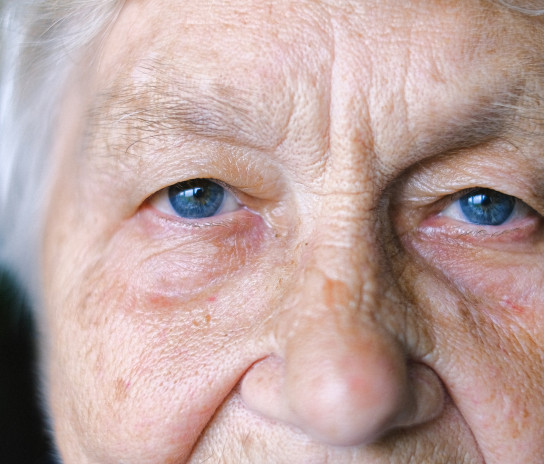A cataract is clouding or opacity of the lens in your eye.
Cataracts usually form slowly and cause a gradual blurring of vision.
Here, we explore some of the most commonly asked questions about this common sight loss condition, looking at symptoms and treatment options.

What happens when a person develops cataracts?
When a cataract develops, the lens becomes cloudy and can stop the light rays passing through to the retina and this causes vision to be blurred.
What does cataracts like and feel like?
When someone has cataracts, they often experience:
- Sensitivity to glare
- Double vision
- Gradual loss of vision
Cataracts often cause glare and difficulty with night-time driving, and this is often the first symptom people notice.
How are cataracts diagnosed?
Often cataracts are diagnosed at routine eye appointments, so it's important to get your eyes checked regularly.
What are the treatment options for cataracts?
In most cases, cataracts are successfully treatable by surgery. In this procedure, the damaged lens is removed and an artificial lens is inserted. Talk to your eyecare professional for advice and to understand what options are available to you.
You may also be interested in
Glaucoma: Treatment, Symptoms & Diagnosis
Learning more about Glaucoma. Sight Scotland Veterans rehabilitation officer, Katrina, offers expert advice on coping with a glaucoma diagnosis.
Age-Related Macular Degeneration (AMD): Treatment, Symptoms & Diagnosis
Learn about age-related macular degeneration (AMD), its causes, symptoms, and treatment options in Scotland. Get expert advice and support today.
Charles Bonnet Syndrome (CBS): Symptoms, Causes and Treatment
Advice on Charles Bonnet Syndrome (CBS), symptoms, and causes. Learn about treatments and coping strategies from our Veterans Rehabilitation Officer.
